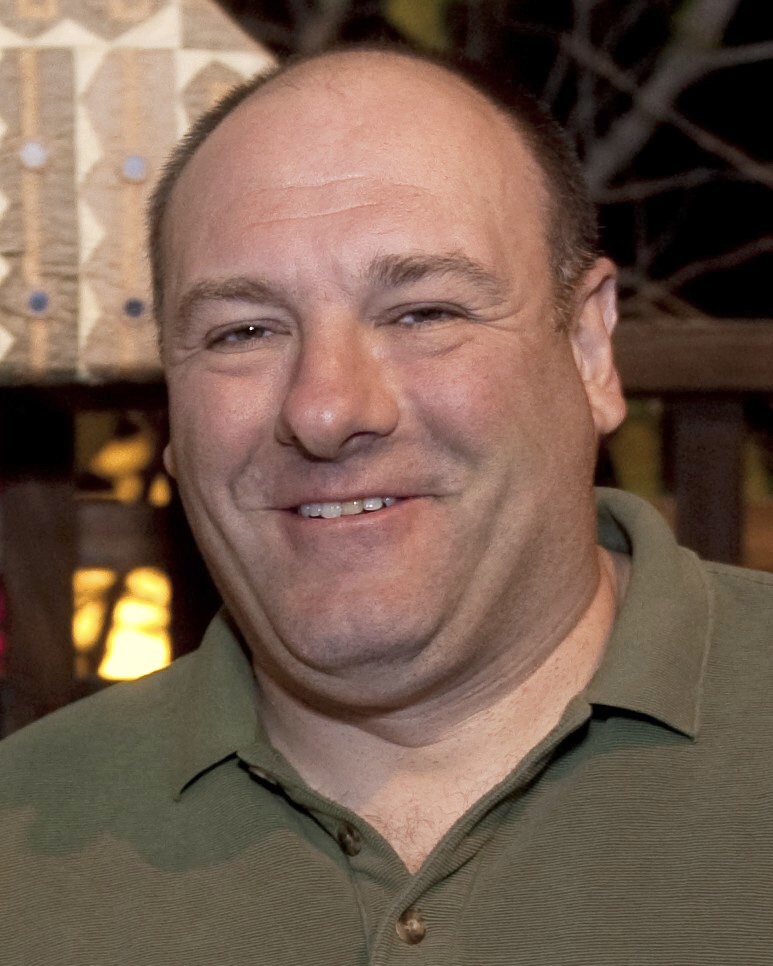
James Gandolfini, an American actor whose presence commanded both the stage and screen, left an indelible mark on popular culture through a career defined by powerful performances and a profound dedication to his craft. Best known for his transformative portrayal of Tony Soprano, the complex Italian-American Mafia crime boss in HBO’s seminal series The Sopranos, Gandolfini redefined what was possible for a leading man in television, ushering in an era of nuanced antiheroes.
His journey was not merely one of celebrity, but a testament to relentless effort, a deep connection to his roots, and an unwavering commitment to authenticity in every role. Beyond the accolades and critical acclaim for his most iconic character, Gandolfini cultivated a rich and diverse filmography, balancing gritty dramatic roles with surprising forays into romantic comedy and voice acting, all while making significant contributions to documentary filmmaking.
This article embarks on an in-depth exploration of the multifaceted life and career of James Gandolfini, examining the foundational experiences that shaped him, the significant milestones that marked his ascent, and the extraordinary impact he had on the entertainment industry. From his humble beginnings in New Jersey to his unparalleled success and the enduring legacy he left behind, we delve into the story of an actor who, through his unparalleled talent and singular vision, became a true icon.
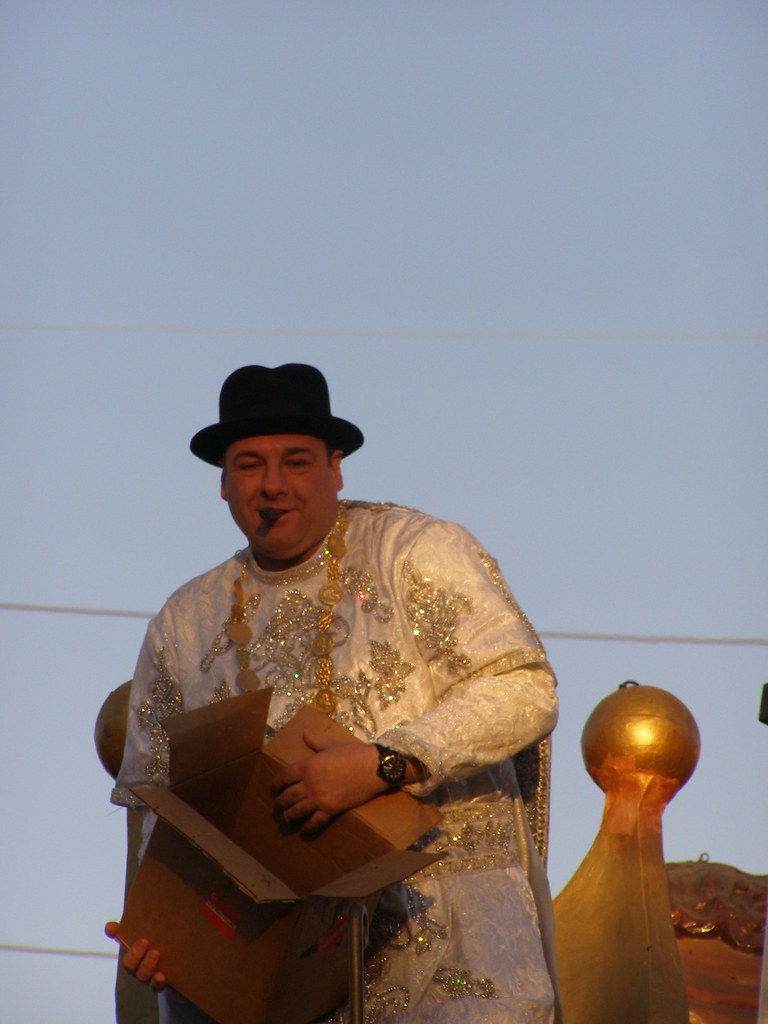
1. **Early Life and Roots in New Jersey**Born James John Gandolfini on September 18, 1961, in Westwood, New Jersey, the actor’s early life was deeply entwined with his Italian-American heritage and the close-knit community of his home state. His mother, Santa (née Penna), was a high school food service worker, born in the U.S. but raised in Naples, instilling a strong connection to her cultural background within the family. His father, James Joseph Gandolfini Sr., an Italian immigrant from Borgo Val di Taro, Parma, Emilia-Romagna, who arrived in the United States as a toddler, contributed to the family’s foundation as a bricklayer and cement mason, eventually becoming the head custodian at Paramus Catholic High School. Notably, his father also earned a Purple Heart in World War II, a testament to his service and sacrifice.
The Gandolfini household was characterized by devout Catholicism and the regular use of Italian, fostering a robust Italian-American identity in young James. This cultural immersion meant that he frequently visited Italy, connecting firsthand with the land of his ancestors and enriching his understanding of his heritage. He grew up in Park Ridge, New Jersey, alongside two older sisters, Johanna and Leta, who were thirteen and ten years his senior, respectively. This familial environment provided the backdrop for his formative years, shaping the man who would become a celebrated actor.
His early experiences, steeped in a strong sense of family, community, and cultural identity, laid a critical foundation for his future endeavors. These influences undoubtedly contributed to the grounded, authentic quality that would later define many of his most memorable performances. The values and experiences of his New Jersey upbringing remained a constant, even as his career took him to the heights of Hollywood and Broadway.
Read more about: 12 Classic Boomer Cars Millennials Avoid: The Hidden Factors Behind Younger Generations’ Disinterest
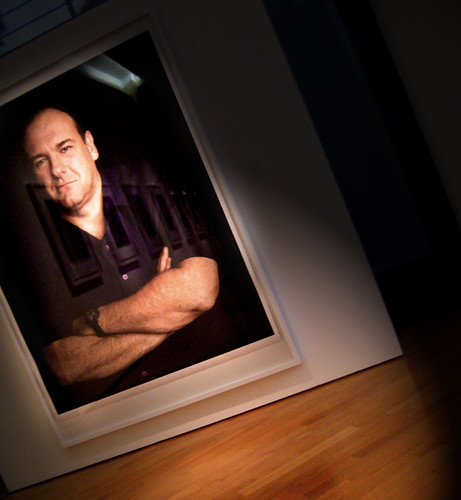
2. **Formative Years and Path to Acting**Gandolfini’s journey through education and early employment reveals a multifaceted individual, far removed from the singular image of a mob boss that would later define his public persona. He graduated in 1979 from Park Ridge High School, where he demonstrated an active engagement in school life, participating in basketball and acting in school plays. His peers even recognized his charming disposition, naming him the “Class Flirt” in his senior yearbook, a detail that offers a glimpse into his approachable and charismatic nature even then.
His academic pursuits led him to Rutgers University-New Brunswick, where he earned a BA in Communications in 1983. During his university years, he took on practical roles to support himself, working as a bouncer at an on-campus pub, an experience that likely honed his observation skills and understanding of human behavior in diverse settings. Following his graduation, before fully committing to an acting career, Gandolfini continued to work in Manhattan, holding positions as a bartender and a club manager. These early professional experiences provided him with a wealth of encounters and observations, enriching his understanding of life outside the performative arts.
The pivotal turning point in his professional direction came serendipitously while living in Manhattan, when he was introduced to acting after accompanying his friend Roger Bart to a Meisner technique class. This exposure ignited a passion, leading him to dedicated study for two years under Kathryn Gately at the Gately/Poole Conservatory. This formal training marked the beginning of his deliberate pursuit of acting, transitioning from various blue-collar and service jobs to a focused commitment to mastering his craft, setting the stage for his eventual rise.
Read more about: Jack Betts, Versatile Actor from Broadway to ‘Spider-Man’ and Spaghetti Westerns, Dies at 96
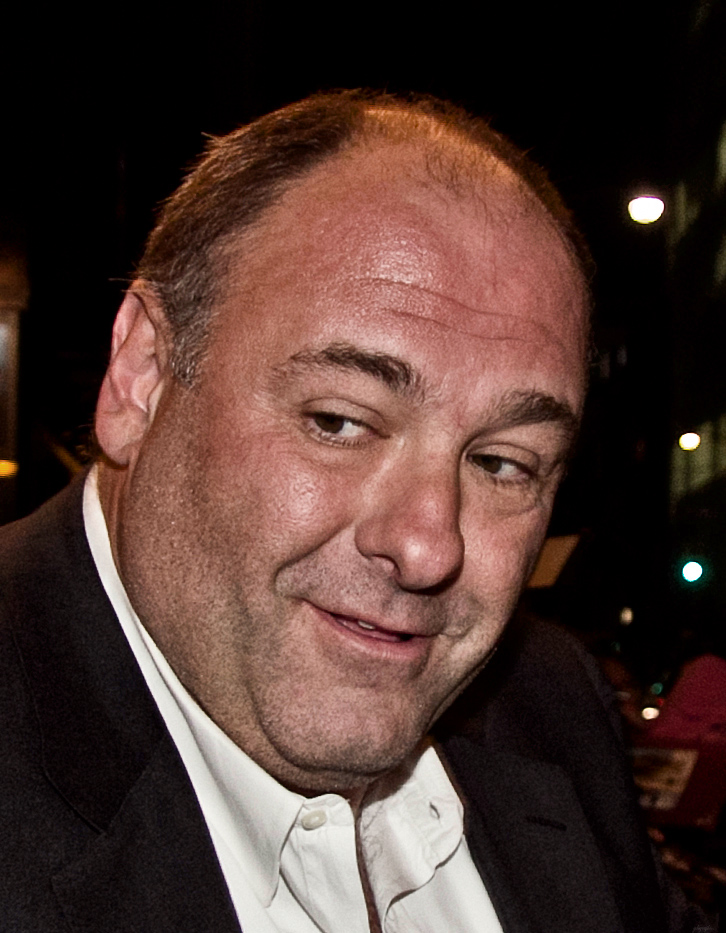
3. **Broadway Debut and Early Film Roles**After completing his studies at Rutgers and the acting school, James Gandolfini navigated the challenging landscape of aspiring actors in New York City, balancing various jobs in Manhattan with early roles in low-budget films. This period of his career was marked by perseverance and a gradual build-up of experience across different mediums. His dedication to live performance saw him make his Broadway theatre debut in 1992, taking on the role of Steve Hubbell in a production of Tennessee Williams’ classic, *A Streetcar Named Desire*. This early foray into the demanding world of Broadway demonstrated his versatility and commitment to the stage.
Gandolfini’s very first recorded film role was in a 1989 New York University student film titled *Eddy*, offering an initial glimpse into his burgeoning screen presence. However, it was his casting in the 1993 romantic thriller *True Romance* that truly began to draw wider attention to his capabilities. In this film, he portrayed Virgil, a brutal mob enforcer, a role that showcased his powerful and menacing screen persona, a precursor to his later iconic character. His performance as Virgil was particularly notable for its intensity and complexity, revealing a depth that resonated with critics.
He himself stated that a significant inspiration for his character in *True Romance* came from an old friend of his who was a hitman, indicating his dedication to drawing from real-life experiences for his roles. Despite the film’s disappointing box office numbers, Gandolfini’s performance received critical praise, establishing him as a compelling character actor with a unique and unforgettable presence. This early critical recognition underscored his raw talent and set him on a trajectory toward more prominent roles in Hollywood.
Read more about: Jack Betts, Versatile Actor from Broadway to ‘Spider-Man’ and Spaghetti Westerns, Dies at 96
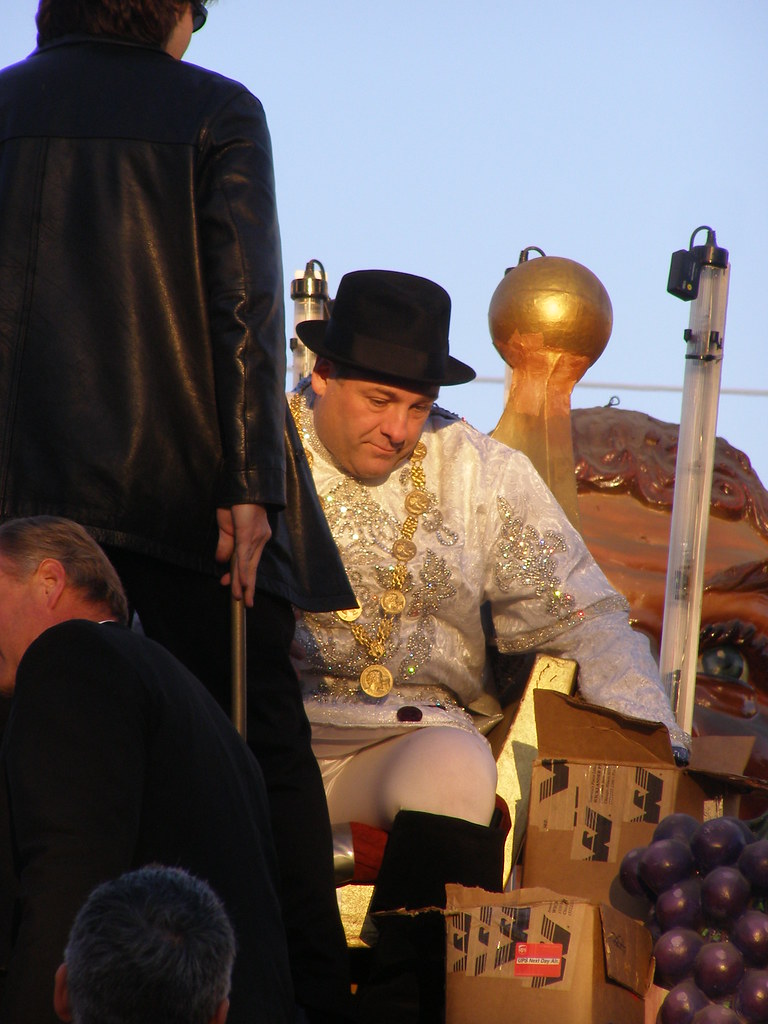
4. **Rising Through the Ranks: Supporting Roles in the 90s**The mid-1990s saw James Gandolfini steadily building a formidable career as a versatile character actor, taking on a range of supporting roles that highlighted his growing command of the screen. Following his impactful turn in *True Romance*, he continued to diversify his roles, appearing as the insurance salesman and Russian mobster Ben Pinkwater in the 1994 action film *Terminal Velocity*. This demonstrated his ability to inhabit characters on both sides of the law, bringing a distinctive gravitas to each portrayal.
In 1995, Gandolfini appeared in two significant films that further solidified his reputation. He played United States Navy Lieutenant Bobby Dougherty in the submarine film *Crimson Tide*, a role that showcased his capacity for military authority and ensemble dynamics. In the same year, he captivated audiences as Bear, a bearded ex-stuntman with a Southern accent, in *Get Shorty*. This film, based on the book of the same name and directed by Barry Sonnenfeld, received positive critical reception, and the cast, including Gandolfini, received a Screen Actors Guild Award nomination for Outstanding Performance by a Cast in a Motion Picture, marking an early recognition of his collective impact.
His trajectory continued with *The Juror* in 1996, a legal thriller where he portrayed a mob enforcer with a conscience. Despite the film itself receiving negative critical response, Gandolfini’s particular role was positively received, a consistent pattern that emerged in his early career: his performances often stood out even in projects that did not achieve widespread critical acclaim. This demonstrated a burgeoning talent that transcended the material, signaling to industry observers that a significant force was emerging in American cinema.

5. **The Genesis of an Icon: Landing the Role of Tony Soprano**By the late 1990s, the television landscape was on the cusp of a revolution, and James Gandolfini was about to become its unlikely, yet perfectly cast, epicenter. The journey to *The Sopranos* began in 1995 when television writer and producer David Chase pitched his original idea for the series to various networks, including Fox and CBS, before HBO ultimately decided to pick it up. The concept revolved around Tony Soprano, a New Jersey-based Italian-American mobster struggling to balance the demands of his volatile crime family life with the complexities of his personal and familial responsibilities, a premise that would ultimately redefine narrative television.
Gandolfini’s path to the iconic role was not immediate but rather a testament to astute casting. He was invited to audition for the part of Tony Soprano after casting director Susan Fitzgerald caught a short clip of his commanding performance in *True Romance*. This brief, yet impactful, screen presence proved to be the key, leading him to secure the role ahead of several other talented actors, including Steven Van Zandt and Michael Rispoli, who would later find their own places within the series.
An anecdote shared by David Chase in a 2013 interview with The Guardian illuminates Gandolfini’s intense dedication to his craft even during the audition process. Chase revealed that Gandolfini had stopped and left in the middle of his audition, only to finish it later that night in his garage. According to Chase, Gandolfini felt that he “didn’t prepare right” for the audition, a revealing detail that speaks volumes about his commitment to perfection and his profound sense of responsibility toward any role he undertook, even before its true magnitude was understood.

6. **The Sopranos Phenomenon: Redefining Television Antiheroes**When *The Sopranos* debuted in 1999, it was more than just a new television series; it was a cultural phenomenon that irrevocably altered the landscape of dramatic storytelling, largely due to James Gandolfini’s masterful portrayal of Tony Soprano. The show aired until 2007, and throughout all six seasons, Gandolfini remained the anchor, embodying the character with an unparalleled depth that garnered widespread fan and critical acclaim. His depiction was not merely acting; it was an immersive transformation that brought a fictional character vividly to life, challenging conventional notions of heroism and villainy on screen.
Tony Soprano, as crafted by Gandolfini, was a character of immense contradictions: brutal yet vulnerable, powerful yet deeply troubled, capable of immense cruelty alongside moments of unexpected tenderness. This complexity, brought to life with such conviction, led Deadline Hollywood to observe that Tony Soprano helped “usher in the era of the antihero” for television. This new archetype—a protagonist with serious moral flaws, yet one with whom audiences could empathize—became a blueprint for countless dramatic characters that followed, fundamentally shifting narrative conventions.
Gandolfini’s commitment to portraying Tony’s internal and external struggles was legendary. As methods to channel anger into his performances, he reportedly would deliberately hit himself on the head, stay up all night to evoke the desired emotional reaction, drink several cups of coffee, or even walk around with a rock in his shoe. These extreme methods underscore the intensity of his preparation and his dedication to authenticity, ensuring that his performance as Tony Soprano would be recognized as one of the greatest and most influential in television history.

7. **Awards and Acclaim: Recognizing Tony Soprano’s Impact**James Gandolfini’s portrayal of Tony Soprano was not only a critical darling and a cultural touchstone but also an immensely decorated performance, accumulating a significant number of prestigious awards that solidified his status as one of television’s finest actors. For his groundbreaking depiction of the complex mob boss, Gandolfini won three Primetime Emmy Awards for Outstanding Lead Actor in a Drama Series, a remarkable feat that underscored the consistent brilliance of his work across multiple seasons. Each award was a testament to his ability to bring nuance and raw power to a character unlike any seen before.
Beyond the Emmys, his exceptional performance also earned him a Golden Globe Award for Best Actor – Television Series Drama, further cementing his recognition within the broader entertainment industry. These individual accolades were complemented by collective recognition, as he, along with the entire cast, won a Screen Actors Guild Award for Outstanding Performance by an Ensemble in a Drama Series. This award highlighted the collaborative excellence of *The Sopranos* and Gandolfini’s integral role within that celebrated ensemble.
The immense success of *The Sopranos* also translated into significant financial reward for its lead actor. During the show’s final season, Gandolfini was reportedly making $1 million per episode, a figure that positioned him among television’s highest-paid actors at the time, reflecting the series’ unprecedented popularity and his indispensable contribution. Following Gandolfini’s untimely death in 2013, David Chase, the creator of *The Sopranos*, articulated the irreplaceable nature of his star’s contribution in a Fresh Air interview, stating unequivocally: “without Jim Gandolfini, there is no Sopranos. There is no Tony Soprano.” This statement serves as the ultimate testament to the profound and singular impact Gandolfini had on a show that redefined television history.

8. **Expanding Horizons: Film Roles During ‘The Sopranos’ Era**While James Gandolfini’s portrayal of Tony Soprano dominated the cultural landscape for nearly a decade, he judiciously used his breaks from the demanding HBO series to explore a diverse range of film roles. This period allowed him to demonstrate a versatility that extended far beyond the menacing mob boss, showcasing his capacity for both drama and unexpected comedic turns. These roles were not mere diversions but calculated choices that enriched his acting repertoire and broadened his appeal to audiences and critics alike.
One notable departure was his role as Winston Baldry, a gay hitman, in the 2001 adventure comedy *The Mexican*. This casting, reportedly recommended by co-star Brad Pitt, allowed Gandolfini to play against type, delivering a nuanced performance that blended menace with surprising tenderness. His work in the film garnered him the Best Performance by an Actor in a Supporting Role at the 2002 Outfest Outie Awards in Los Angeles, California, signaling critical appreciation for his willingness to embrace complex and unconventional characters.
Beyond *The Mexican*, Gandolfini continued to appear in other significant films during his time on *The Sopranos*. He starred in the action drama *The Last Castle* in 2001, further solidifying his presence in mainstream cinema. In 2006, he took on the lead role of Nick Murder in the musical romance comedy *Romance & Cigarettes*, a project for which director and close friend John Turturro reportedly waited until *The Sopranos* ceased filming, underscoring the high regard his peers held for his talent and commitment. His reach even extended to unexpected places, including a memorable appearance in a 2002 episode of *Sesame Street* and a 2004 episode of *Saturday Night Live*, where he played an “Unidentified New Jersey Resident,” playfully acknowledging his iconic persona.
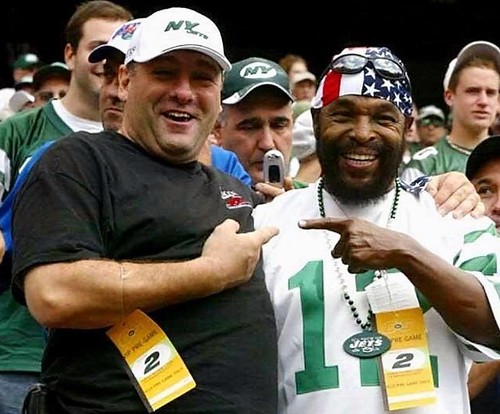
9. **Post-Sopranos Ventures: Broadway, Production, and Voice Acting**Following the conclusion of *The Sopranos* in 2007, James Gandolfini embarked on a new phase of his career, diversifying his artistic pursuits beyond the realm of acting to include significant forays into production and a triumphant return to the Broadway stage. This period highlighted his dedication to compelling storytelling and his desire to champion narratives that resonated with him, often reflecting his deep sense of social responsibility.
In a strategic move to develop original programming, Gandolfini co-founded the production company Attaboy Films with Paramount Pictures executive Alex Ryan, striking a deal with HBO in 2006. This partnership quickly bore fruit with the 2007 documentary *Alive Day Memories: Home from Iraq*, which Gandolfini and HBO produced. The film powerfully focused on the experiences of injured Iraq War veterans, earning a Primetime Emmy Award nomination for Outstanding Documentary or Nonfiction Special, underscoring his commitment to exploring vital, often overlooked, human stories.
His passion for live performance also saw him return to Broadway in 2009, starring in Yasmina Reza’s acclaimed play *God of Carnage* alongside Marcia Gay Harden, Hope Davis, and Jeff Daniels. Gandolfini was the first to commit to the project after seeing its London production, indicating his discerning artistic judgment. His performance earned him a Tony Award nomination for Best Performance by a Leading Actor in a Play, and critics, including Ben Brantley of *The New York Times*, lauded the cast as “a marvelously giving, balanced ensemble,” recognizing the inspired invention each actor brought to the stage.
Further demonstrating his multifaceted talent, Gandolfini lent his distinctive voice to the character of Carol, one of the titular Wild Things, in Spike Jonze’s 2009 fantasy film *Where the Wild Things Are*, based on Maurice Sendak’s beloved picture book. The same year, he also took on the role of the Mayor of New York in the action thriller remake *The Taking of Pelham 123*, proving his continued appeal and capability for substantial screen roles across different genres.

10. **Impactful Documentaries and Executive Producer Endeavors**James Gandolfini’s post-*Sopranos* career revealed a profound commitment to using his platform for meaningful storytelling, particularly through his executive producer roles in documentaries that explored critical social issues. His work behind the camera often highlighted a desire to shed light on topics of historical and contemporary significance, reflecting a deep sense of empathy and a drive for informed public discourse.
In 2010, building on the success of his previous documentary, Gandolfini produced *Wartorn: 1861–2010* with HBO. This powerful film analyzed the pervasive effects of post-traumatic stress disorder (PTSD) throughout American history, spanning from the Civil War to modern conflicts. It featured poignant interviews with American military officials, discussing their understanding of PTSD and ongoing efforts to support affected soldiers. The documentary’s premiere at The Pentagon and subsequent favorable reviews underscored its impact and the resonance of its subject matter.
His executive producing credits also extended to the realm of dramatic television films. In 2012, Gandolfini served as an executive producer for the HBO film *Hemingway & Gellhorn*, which delved into the complex relationship between Ernest Hemingway and Martha Gellhorn. The film premiered at the 2012 Cannes Film Festival and, despite receiving mixed reviews, earned a Primetime Emmy Award nomination for Outstanding Miniseries or Movie, showcasing his continued ability to be associated with critically recognized projects.
These production efforts illustrated Gandolfini’s growing interest in shaping narratives from a broader perspective, moving beyond solely performing roles to actively curating and presenting stories that he believed held significant societal value. His dedication to these projects solidified his reputation not just as an actor, but as a thoughtful and engaged filmmaker with a clear vision for impactful storytelling.

11. **Later Film Roles and Reunited Collaborations**Even as James Gandolfini delved into production and stage work, his presence on the big screen remained potent, with a series of compelling performances in the years leading up to his untimely death. These later film roles often showcased his evolving range and his ability to inhabit diverse characters, from a gritty mob enforcer to a high-ranking government official.
In 2012, Gandolfini notably reunited with *The Sopranos* creator David Chase for *Not Fade Away*, a music-driven production set in 1960s New Jersey. This film marked Chase’s feature film directorial debut, and Gandolfini’s involvement underscored the enduring creative bond between the two, offering audiences a glimpse into their collaborative synergy outside the context of the mob drama. His performance in this project was a testament to his loyalty and his willingness to support the artistic visions of his trusted colleagues.
That same year, Gandolfini delivered a nuanced performance as CIA Director Leon Panetta in Kathryn Bigelow’s critically acclaimed thriller *Zero Dark Thirty*. This role, far removed from his previous mobster persona, demonstrated his capacity for understated authority and gravitas within a contemporary political context. It highlighted his ability to embody figures of power and influence with authenticity, earning him further recognition for his dramatic range.
His later filmography also included appearances in *Killing Them Softly* (2012) and *The Incredible Burt Wonderstone* (2013). These roles, though varied in genre and scope, consistently displayed Gandolfini’s commitment to his craft, ensuring that each character, no matter how brief or supportive, left a memorable impression. He continued to be a sought-after talent, valued for his powerful screen presence and his ability to infuse depth into every performance.
Read more about: Michael Madsen, Iconic Tough Guy of Tarantino Films, Dies at 67: A Legacy of Grit and Unexpected Depth

12. **Posthumous Releases and Enduring Critical Acclaim**Tragically, two films starring James Gandolfini were released posthumously, serving as poignant final showcases of his exceptional talent. These releases not only extended his on-screen legacy but also brought him further critical accolades, highlighting the profound loss felt by the industry and audiences alike. The reviews for these films underscored his enduring ability to captivate and move viewers, even after his passing.
The first of these was *Enough Said*, a romantic comedy released in 2013, where Gandolfini co-starred with Julia Louis-Dreyfus. His performance in the film was met with overwhelmingly positive reviews, with many critics specifically praising his against-type portrayal of a kind, vulnerable character. This role offered a refreshing demonstration of his comedic timing and his capacity for warmth, earning him posthumous Best Supporting Actor awards from the Boston Society of Film Critics and the Chicago Film Critics Association. He also received a nomination for the Screen Actors Guild Award for Outstanding Performance by a Male Actor in a Supporting Role, solidifying his impact even in absence.
His final film performance was in *The Drop*, a crime drama released on September 12, 2014, in which he co-starred with Tom Hardy and Noomi Rapace. This role saw Gandolfini return to a grittier, more dramatic milieu, delivering a performance that was once again met with positive critical reception. *The Drop* provided a final, powerful testament to his mastery of character, offering audiences one last opportunity to witness his commanding screen presence and the depth he brought to every role.
These posthumous releases underscored the versatile artistry of James Gandolfini, proving that his talent transcended genres and left an indelible mark on cinematic storytelling. They served as a bittersweet reminder of the caliber of work he consistently produced and the immense contributions he made to film, even in his final projects.
Read more about: An Enduring Legacy: Remembering 9 Veteran Character Actors Who Defined Classic Cinema’s Golden Ages

13. **Personal Life, Family, and Struggles**Beyond the acclaimed performances, James Gandolfini’s personal life offered glimpses into a man deeply connected to his roots, family, and grappling with his own challenges. His public persona, often characterized by a self-deprecating humor, contrasted with a private life marked by significant relationships and personal battles, revealing a complex individual beneath the surface of celebrity.
Gandolfini married Marcy Wudarski in March 1999, and together they had a son, Michael, born on May 10, 1999. Their marriage, however, concluded in December 2002. He later became engaged to sex therapist Lora Somoza in 2003, but they separated in 2005. After two years of dating, Gandolfini married model and actress Deborah Lin in her hometown of Honolulu on August 30, 2008, and they welcomed a daughter in 2012, expanding his family and bringing new joy to his life.
Throughout his career, Gandolfini maintained a strong connection to his hometown of Park Ridge, New Jersey, actively supporting local causes such as the Octoberwoman Foundation for Breast Cancer Research. He owned various properties over the years, from a piece of land on Lake Manitoba Narrows in Canada to a 34-acre property in Chester Township, New Jersey, and later a home in Tewksbury Township, reflecting a desire for privacy and connection to the Garden State. Brett Martin, in a 2013 *GQ* article, noted Gandolfini’s consistent self-effacement in interviews, where he would often say, “I’m just a dumb, fat guy from Jersey,” a phrase that belied his profound artistic depth.
However, Gandolfini also contended with significant personal struggles, notably substance abuse. Reports from producers and location managers of *The Sopranos* indicated that his misuse of substances sometimes led to missed shoots and concerns about his health, culminating in a reported, though ultimately unsuccessful, intervention. These challenges were a difficult, private aspect of his life, underscoring the complexities of the man behind the iconic roles.
Read more about: Beyond the Badge: A Deep Dive into 14 Overrated Car Brands You Might Regret Buying in 2025
14. **Tragic Untimely Death and Global Mourning**The world was stunned by the sudden and tragic passing of James Gandolfini on June 19, 2013, at the age of 51. He died while on a family vacation in Rome, Italy, an unexpected end to a life that had brought so much to entertainment and culture. The circumstances of his death unfolded with heartbreaking speed, leaving fans and colleagues in profound shock.
Gandolfini had been visiting Rome and was planning to travel to Sicily a few days later to receive an award at the Taormina Film Fest. After a day of sightseeing with his family in the sweltering Roman heat, his then 14-year-old son, Michael, discovered him unconscious around 10 p.m. on the bathroom floor of their suite at the Boscolo Exedra Hotel. Michael’s swift call to reception led to paramedics being summoned, and Gandolfini was rushed to the hospital, where he was pronounced dead at 10:46 p.m.
An autopsy subsequently confirmed that the cause of death was a heart attack. The news spread rapidly, prompting an outpouring of tributes from state and national politicians, as well as figures across the entertainment industry. New Jersey Governor Chris Christie honored Gandolfini by ordering all state buildings to fly their flags at half-staff on June 24, when his body was returned to the United States. Bruce Springsteen and his E Street Band dedicated a performance of their entire *Born to Run* album to Gandolfini during a concert in Coventry, U.K., a poignant tribute from a fellow New Jersey icon whose band included *Sopranos* co-star Steven Van Zandt.
The widespread grief culminated in a large funeral service held at the Cathedral of St. John the Divine in New York City’s Morningside Heights neighborhood on June 27. The ceremony was attended by a multitude of his *Sopranos* co-stars, including Edie Falco, Michael Imperioli, and Lorraine Bracco, alongside political figures like Chris Christie and fellow actors Alec Baldwin and John Turturro. Following the service, Gandolfini was cremated, bringing a somber close to the life of a beloved actor whose presence had been so profoundly felt by millions.
Read more about: 14 Beloved Sitcom Stars You Might Not Have Known We’ve Sadly Lost Too Soon

15. **A Profound and Lasting Legacy**James Gandolfini’s impact on television and film was nothing short of seismic, securing his place as one of the most influential actors of his generation. His legacy extends far beyond a single iconic role, encompassing a redefinition of dramatic protagonists and a profound influence on the narrative landscape of prestige television.
Following his death, *TV Guide* published a special tribute, devoting its entire back cover to his image. Columnist Matt Roush articulated Gandolfini’s transformative influence, stating, “Without Tony, there’s no Vic Mackey of *The Shield*, no Al Swearengen of *Deadwood*, no Don Draper of *Mad Men*,” noting that *Mad Men*’s creator, Matthew Weiner, had learned his trade as a writer on *The Sopranos*. This sentiment was echoed by numerous colleagues; Edie Falco expressed devastation, David Chase praised him as a “genius,” and Bryan Cranston affirmed that his *Breaking Bad* character, Walter White, would not have existed without Tony Soprano. *The Atlantic* likened Gandolfini’s influence to that of Marlon Brando on television, while critic Alan Sepinwall declared his performance as Tony Soprano “the greatest dramatic performance in TV history.”
His legacy is not merely celebrated in critical discourse but also enshrined in tangible tributes. In December 2013, following an online petition, his hometown of Park Ridge, New Jersey, dedicated a section of Park Avenue as “James Gandolfini Way,” marked by signs installed at a public ceremony attended by his former *Sopranos* co-stars. That same month, HBO released *James Gandolfini: Tribute to a Friend*, a documentary featuring interviews and behind-the-scenes footage, further honoring his memory. Filmmaker Spike Jonze, who directed Gandolfini in *Where the Wild Things Are*, dedicated his Academy Award-winning film *Her* to the late actor.
Read more about: Whatever Happened to the Iconic Child Stars of the 1960s? From Red Carpet to Unforgettable Journeys
Further cementing his enduring place in history, Gandolfini was posthumously inducted into the New Jersey Hall of Fame in 2014. In a deeply personal continuation of his artistic legacy, his son, Michael, was cast as a younger version of Tony Soprano in the 2019 prequel film *The Many Saints of Newark*, a role for which Michael meticulously prepared by watching *The Sopranos* for the first time. The Montvale service area on the Garden State Parkway was renamed in his honor in 2022, alongside other prominent New Jersey residents. Even years after his passing, his creative influence resurfaces; Francis Ford Coppola revealed in 2024 that Gandolfini had offered valuable suggestions for his longtime passion project, *Megalopolis*, back in 2001. James Gandolfini remains an unparalleled force in the annals of entertainment, a towering figure whose authentic performances and profound dedication reshaped the narrative possibilities of his craft for generations to come.




